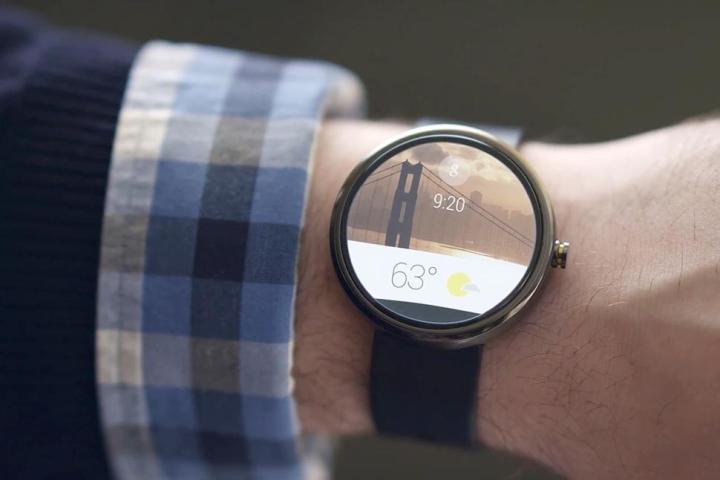
The options here aren’t exactly new. With the exception of the now-delayed metal link wristband, every material has been available for purchase in some configuration — but Moto Maker may now be the easiest way to customize the Moto 360. Previously, Motorola recommended visiting a jeweler to install aftermarket bands.
Moto Maker recently caught flak from none other than senior vice president of design for Apple Jonathan Ive, who, in an interview with The New Yorker, called any program which let customers change outwardly facing elements of their phones “abdicating […] responsibility as a designer.” Motorola’s president Rick Osterloh later responded, arguing the end user “should be directly involved in the process of designing products.”
Controversy aside, Moto Maker seems like a natural fit for accessorized tech. Selecting watch bands before you buy seems especially logical. Despite Ive’s comments, then, I wouldn’t be entirely surprised to see an equivalent selector for the Apple Watch eventually.


